- Learning time
- 20 minutes
- First play time
- 80 minutes
Havalandi
Designed by: Reiner Knizia
Havalandi is ostensibly about competitive ballooning. On your turn you’ll add a balloon tile to the board, placing it as strategically as possible: balloons are what get you points, and their location will determine exactly how much!
Each turn, you begin by rolling a die and moving the airship (-it looks like a balloon, but to avoid confusion the rules refer to it as such) around the edge of the play area. This area is broken into four terrains: the gravel path, flowers, fields and sand dunes; and where the airship stops determines where you can place one of your own balloons: initially at least, it must be on one of the lines of hexes that the airship points to. As play continues, you’re allowed to place adjacent to a balloon you already have in either of these lines, as long as this new balloon is occupying the same terrain: and when you create groups of balloons this way, adding a new balloon to the group always scores a point for every balloon in this group (and on the same terrain).
Another way to score balloons is to launch them: flipping over your balloon tiles to their launched sides. The catch is that a group of launched balloons must always begin launching from the gravel path, so if your balloons don’t connect to it you can’t launch them. Every different type of terrain you launch into scores 4 points – but you might choose to launch more of them anyway, because Havalandi also has end-game objectives for bonus points that vary from game to game: biggest group of launched balloons, score your shortest path of balloons from one side of the play area to another and so on.
There’s one more way to score points: printed on the board are seven pavilions, and simply placing a balloon adjacent to a pavilion gets your three points: all seven gets an additional seven point bonus! And finally each player gets three special balloons: one can be placed as well as a standard balloon, another can go anywhere on the board ignoring placement rules and the third can go on top of an opponent’s balloon, allowing you to make otherwise-blocked connections. When the board is full, the game ends, and the most points wins.
The guru's verdict
-
Take That!
Take That!
Enough. While balloons can't be attacked, punctured or deflated, the spaces players occupy on the board are highly contested, and you can find yourself shut out of the one critical hex you needed.
-
Fidget Factor!
Fidget Factor!
Relatively low. Each turn is a geographic decision aligned to tactical opportunity and - maybe - longer-term strategy. But the way the game narrows the options for you stops turns from grinding to a halt.
-
Brain Burn!
Brain Burn!
To be honest, balloon expertise will be no help here: this is an abstract game of area control, with a quirky mechanism for placing/launching balloons. Seizing opportunities and navigating the great area between what's best for you and worst for opponents is what it's about.
-
Again Again!
Again Again!
There's plenty of scope for replay on the basic side of the board, but flip it over and the multidirectional paths and different pavilions make it much more challenging!

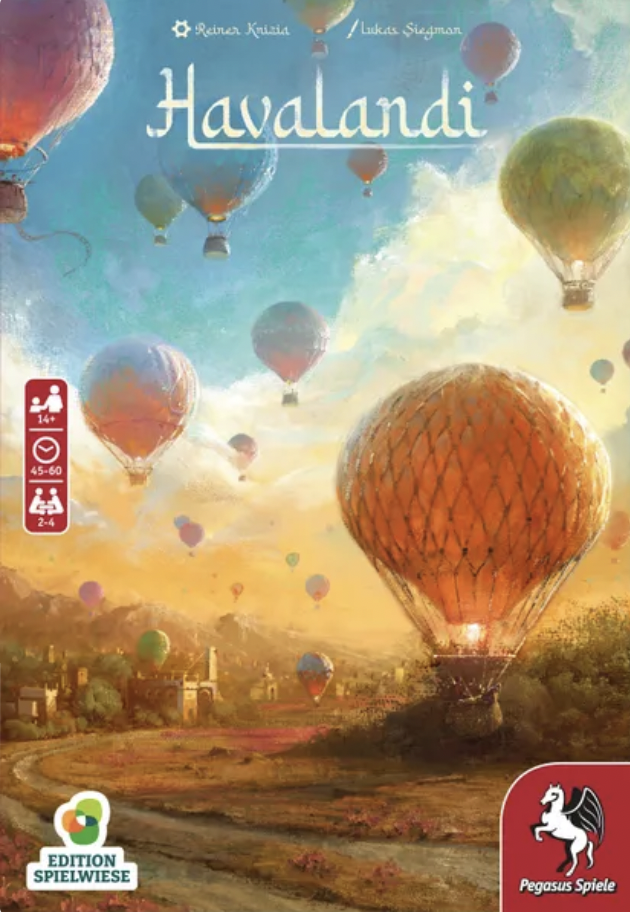

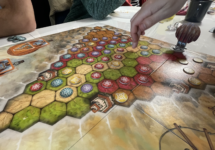
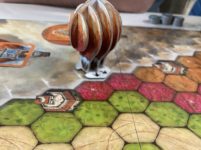
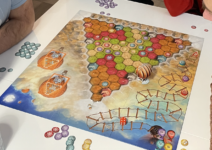


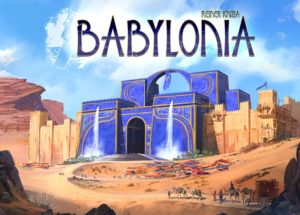
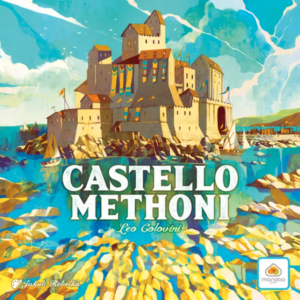

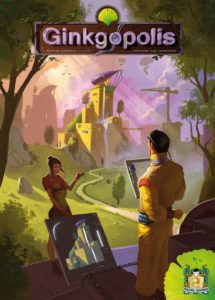
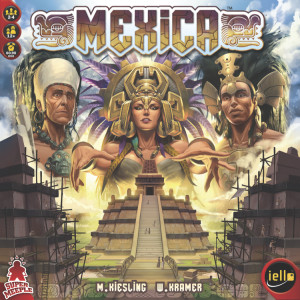
Sam says
A strange game where the feistier-than-it-looks gameplay feels somewhat at odds with the theme of balloonists, who one hopes don't squabble over airspace in quite the same fashion. But like so many of Reiner Knizia's designs, it's a clever beast with depths to it you may not see at first glance. Certainly the balancing act of good for me/bad for you is something to consider here, as you might sacrifice a few points of your own to prevent a big haul for someone else. For me personally, it's not up there with personal Reiner favourite Babylonia, but it's probably a little more accessible and design-wise, no slouch at all.